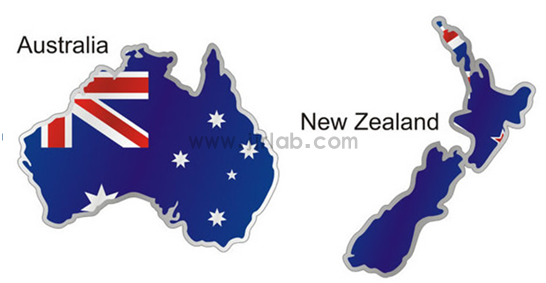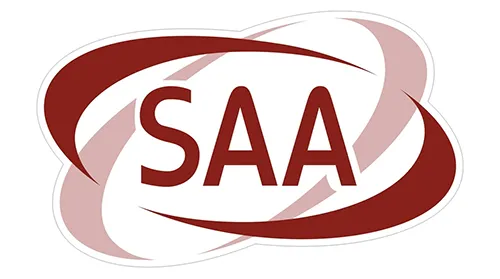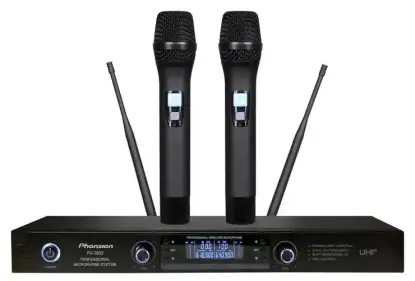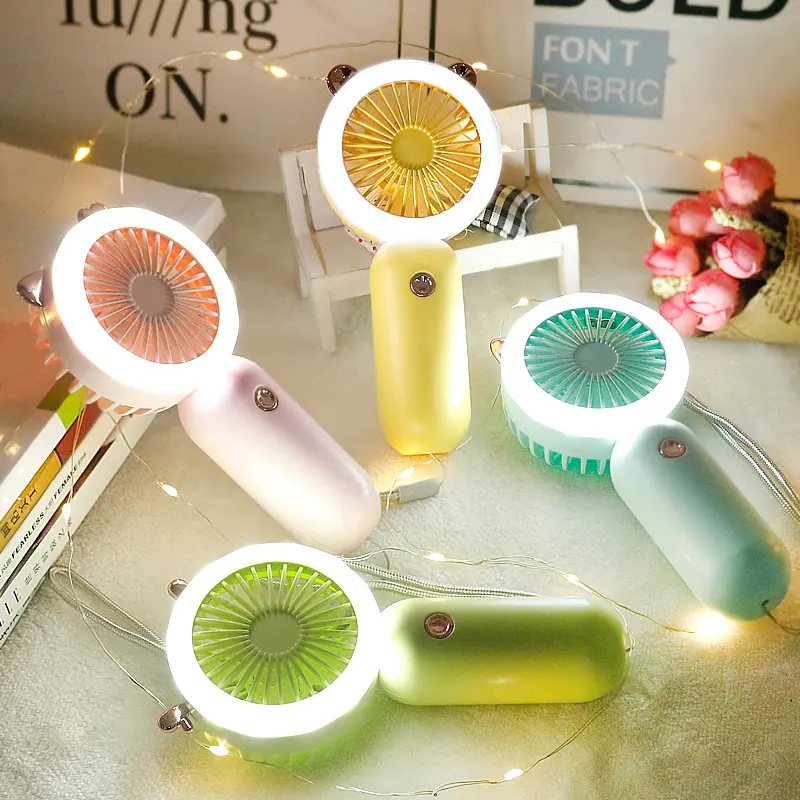
What is the Australian SAA Certificate?
What is Australian saa certification?
The SAA certification is a mandatory certification in Australia. The testing items are similar to the EU CE-LVD, but the cost is much higher compared to CE. The issuing authority is an Australian company, and testing can be conducted in Chinese laboratories (which can save up to 50% of testing costs). The reports are submitted for Australian review and certification issuance. The certification issuance period and the type of product are related to the testing items. Electrical products entering the Australian market must comply with SAA certification. There are mainly two types of SAA logos: one is a form of recognition, and the other is a standard logo. Form recognition is only responsible for samples, while standard logos require inspections of each factory.(hello@jjrlab.com)

In addition, Australia and New Zealand implement unified standards and mutual recognition of certifications. SAA Approvals Pty Ltd is a third-party certification body jointly accredited by Australia and New Zealand's Joint Accreditation System of Australia and New Zealand (JAS-ANZ). It can issue certifications for electrical equipment that meets the safety requirements of applicable Australian or New Zealand standards. Once a product obtains certification in one country, it can be sold in the other.
Whether imported or locally assembled, electrical products entering the Australian market for sale must first be certified by the Australian International Standards Company. Different electrical products require different testing items.
All electrical products must undergo safety certification (SAA). Inspection agencies conduct destructive tests on electrical appliances to examine their safety and reliability, such as continuous overload use at high temperatures to check their safety performance. Washing machines undergo leak tests on their exterior to check for electrical leaks.
Types and Application of SAA Certification
SAA certification has two types:
1. Mandatory application certification: Approximately 62 categories of products require mandatory certification, and regulated electrical appliances must obtain SAA certification. The prescribed markings (certificate number must be included) must be affixed to the products.
2. Voluntary application certification: Although non-regulated products are not required to obtain certification, their safety is the responsibility of the seller/manufacturer, and they can voluntarily apply for certification.

The application methods for SAA certification are:
1. Use CB certificate + report (CB with Australian deviations) for SAA certification.
2. Use IEC standard report + Australian deviation testing for SAA certification.
3. Apply directly.
If there is no CB certificate or IEC standard report, SAA certification can also be conveniently obtained through direct application.
Common Requirements of SAA Certification Standards
SAA certification standards mainly consist of joint standards of Australia and New Zealand, starting with AS/NZS. These standards are largely similar to those of the International Electrotechnical Commission (IEC) but have some national differences.
Some common SAA certification standards include:
- AS/NZS60950: Information technology equipment - Safety requirements
- AS/NZS60065: Audio, video and similar electronic apparatus - Safety requirements
- AS/NZS60598.1: Luminaires - General requirements and tests
- AS/NZS60598.2.x: x represents a digit, indicating different luminaires
- AS/NZS61347.1: Lamp control gear - General and safety requirements
- AS/NZS61347.2.x: x represents a digit, indicating different controls
- AS/NZS60335.1: Household and similar electrical appliances - Safety requirements
- AS/NZS60335.2.x: x represents a digit, indicating different appliances
These standards ensure the safety performance of products to meet the requirements of the Australian and New Zealand markets.
SAA Certification Process
The typical timeframe for applying for Australian SAA certification for common products is approximately 3-4 weeks, with possible extensions if the product quality does not meet standards. Products shipped without certification may be detained, confiscated, or fined.
The process for applying for Australian SAA certification typically includes the following steps:
1. Fill out the SAA certification application form.
2. Provide 2-3 samples with Australian plugs.
3. Provide a list of critical components and certificates, manuals, nameplates, and other relevant product documentation.
4. Sample testing.
5. After passing the tests, submit the documents to the Australian SAA certification authority for review.
6. Upon approval, the SAA certification certificate is issued.
It's important to note that SAA certification only involves testing the product itself and does not include factory audits. Additionally, SAA certification requires a one-time payment during application, so there are no additional ongoing fees.
Validity of SAA Certificate
The validity of an SAA certificate is up to 5 years. If there are urgent changes to the product certification standards or if a product is classified as high risk (such as hair straighteners), the certificate's validity period may be shortened or restricted upon request. Serious violations of the application process terms, conditions, and obligations may result in the cancellation of the certificate by the certificate holder or SAA Approvals.
rcm certification can only be applied for by Australian local companies, which must apply for an RCM number from Australia. Chinese manufacturers and exporters can apply for IEC or AS/NZS reports in their own name, but these reports must be submitted by Australian importers to apply for RCM. The registration fee is 75 Australian dollars per product per brand per year (for example, if an Australian company owns two brands, A and B, and imports the same batch of products from China, half labeled with brand A and half with brand B, this means they must pay 150 Australian dollars per year for registration fees).
Since importers bear the risk of product quality non-compliance (liability) and non-Australian companies cannot directly apply for RCM certification, it is estimated that more and more medium-sized Australian companies will change their practices to reduce costs. They will tend to designate laboratories with certain capabilities and reputations to provide secure reports and test data, which will then be used to apply for Australian RCM certification.
In theory, Australian laboratories can also act as applicants to help a company obtain RCM certification. However, according to experts, due to the greater legal liability involved, it is estimated that most Australian laboratories will not actively take this risk, and even if they do, the related costs may be relatively high.
The China JJRLAB Laboratory covers an area of over 7,000 square meters, including safety laboratories, EMC electromagnetic compatibility laboratories, RF wireless laboratories, material reliability laboratories, chemical analysis laboratories, optical laboratories, battery laboratories, and toy laboratories!
Email:hello@jjrlab.com
Write your message here and send it to us
 Wireless Microphone Export Certification
Wireless Microphone Export Certification
 Audio-Visual Products SNI Certification in Indones
Audio-Visual Products SNI Certification in Indones
 FCC-ID: Still Needed if Module is Certified?
FCC-ID: Still Needed if Module is Certified?
 FCC Certification Fees for Handheld Fans
FCC Certification Fees for Handheld Fans
 FCC Certification Testing for Smart Lighting Produ
FCC Certification Testing for Smart Lighting Produ
 What is the ETSI EN 303 645 Testing Standard?
What is the ETSI EN 303 645 Testing Standard?
 UL Compliance and ETL Certification for LED Lighti
UL Compliance and ETL Certification for LED Lighti
 What is the IEC 60598 Standard?
What is the IEC 60598 Standard?
Leave us a message
24-hour online customer service at any time to respond, so that you worry!




